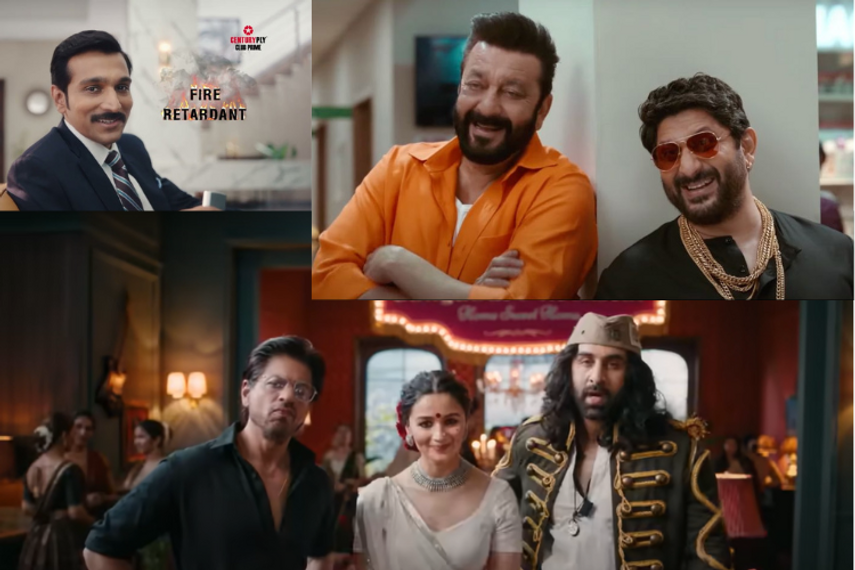
Please sign in or register
Existing users sign in here
Having trouble signing in?
Contact Customer Support at
[email protected]
or call+91 022 69047500
SOUNDING BOARD: Characters from well-known OTT web series and mainstream films are quickly becoming staples in advertising storyboards. We ask industry experts why this trend is not just shifting entertainment consumption habits, but also reshaping how advertisements are conceived.

Contact Customer Support at
[email protected]
or call+91 022 69047500
Top news, insights and analysis every weekday
Sign up for Campaign Bulletins
Marketers have long attempted to distill generational behaviors into easy stereotypes, but Gen Z resists these tidy boxes.
Creo to operate influencer capabilities across 40-plus markets select markets, while select markets like the UK will operate as OMGCreo.
With over-dependence on search engines becoming passé, brands that embrace social discovery will reap future rewards, says GALE India president.
INSIDE THE AD: A fizzy experiment in sonic seasoning, 7UP’s Spotify campaign taps science, culture, and Gen Z cravings to reshape FMCG playbooks.